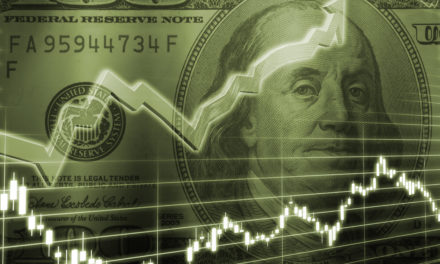
“When we own portions of outstanding businesses with outstanding managements, our favorite holding period is forever.”
— Warren Buffett
The above quote from Warren Buffett is timeless, and brings into focus the choice about time horizon that any investor should think about before buying a stock they are considering. Behind every stock is an actual business; what will that business look like over a twenty year period?
Today, let’s look backwards in time to 2003, and take a look at what happened to investors who asked that very question about NVIDIA Corp (NASD: NVDA), by taking a look at the investment outcome over a twenty year holding period.
| Start date: | 08/25/2003 |
|
|||
| End date: | 08/23/2023 | ||||
| Start price/share: | $1.51 | ||||
| End price/share: | $471.16 | ||||
| Starting shares: | 6,622.52 | ||||
| Ending shares: | 7,217.33 | ||||
| Dividends reinvested/share: | $1.42 | ||||
| Total return: | 33,905.15% | ||||
| Average annual return: | 33.82% | ||||
| Starting investment: | $10,000.00 | ||||
| Ending investment: | $3,399,855.11 | ||||
As shown above, the twenty year investment result worked out exceptionally well, with an annualized rate of return of 33.82%. This would have turned a $10K investment made 20 years ago into $3,399,855.11 today (as of 08/23/2023). On a total return basis, that’s a result of 33,905.15% (something to think about: how might NVDA shares perform over the next 20 years?). [These numbers were computed with the Dividend Channel DRIP Returns Calculator.]
Notice that NVIDIA Corp paid investors a total of $1.42/share in dividends over the 20 holding period, marking a second component of the total return beyond share price change alone. Much like watering a tree, reinvesting dividends can help an investment to grow over time — for the above calculations we assume dividend reinvestment (and for this exercise the closing price on ex-date is used for the reinvestment of a given dividend).
Based upon the most recent annualized dividend rate of .16/share, we calculate that NVDA has a current yield of approximately 0.03%. Another interesting datapoint we can examine is ‘yield on cost’ — in other words, we can express the current annualized dividend of .16 against the original $1.51/share purchase price. This works out to a yield on cost of 1.99%.
One more piece of investment wisdom to leave you with:
“Behind every stock is a company. Find out what it’s doing.” — Peter Lynch




